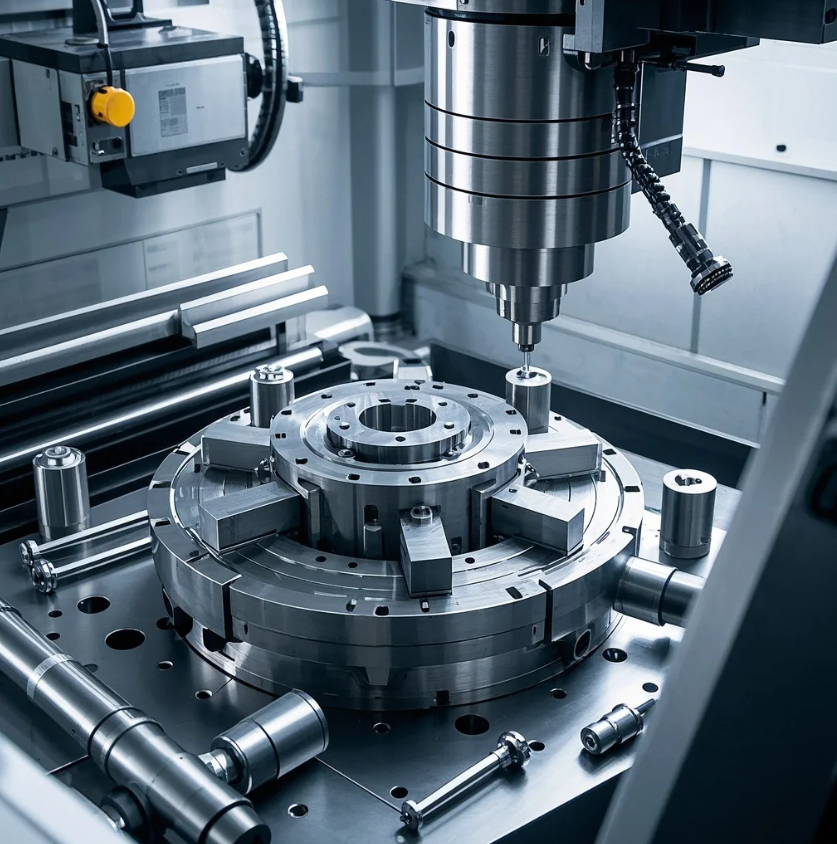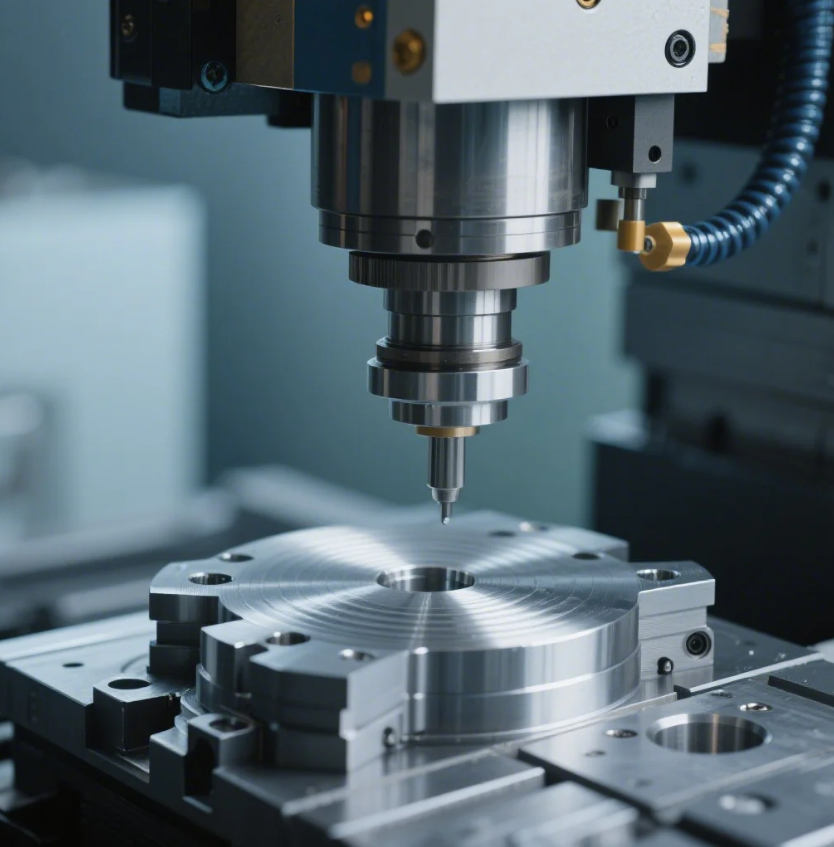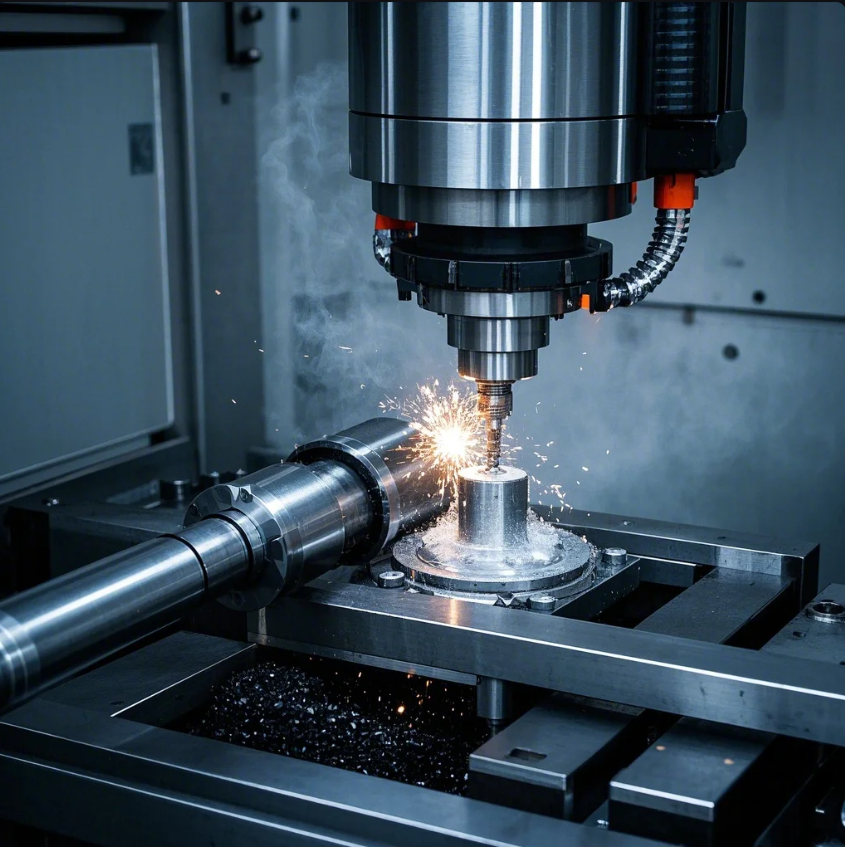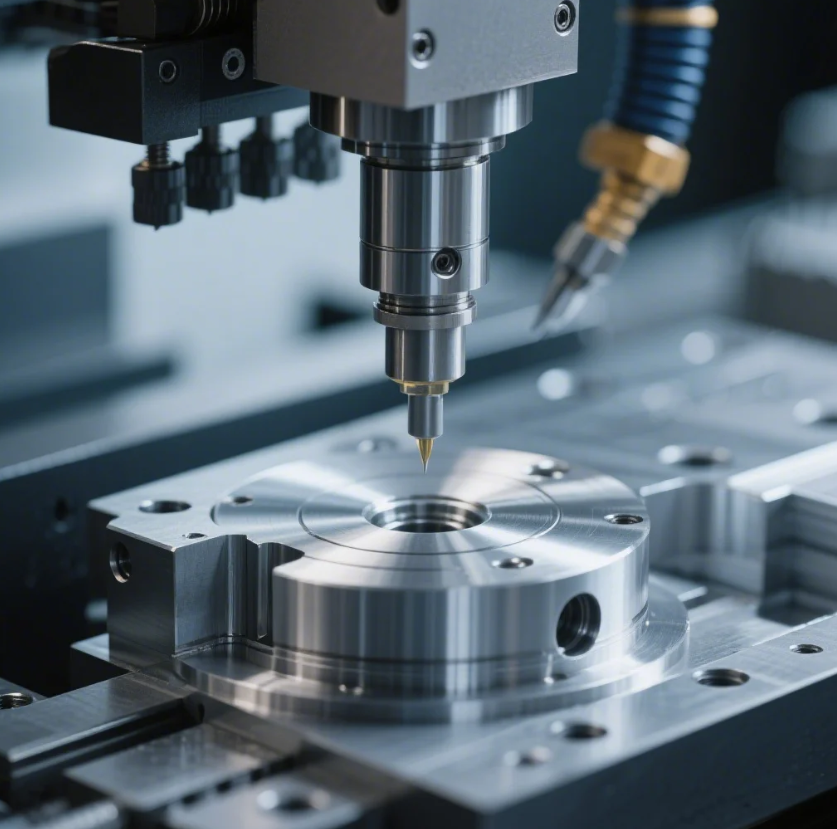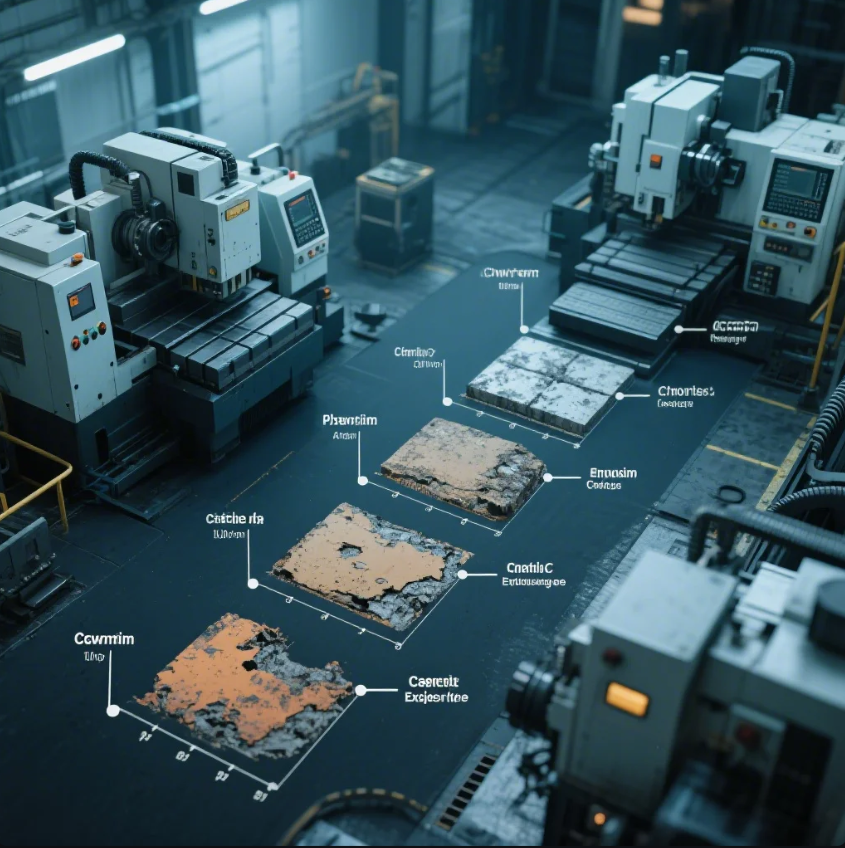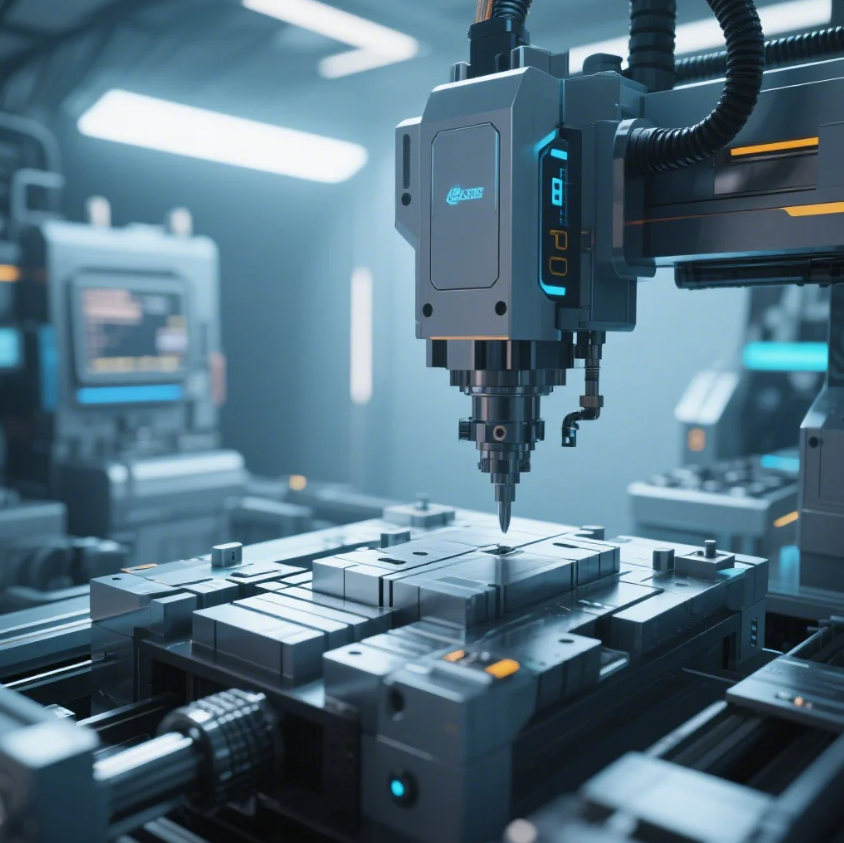What Is Metal Forging? How Does It Create Stronger, More Durable Parts?
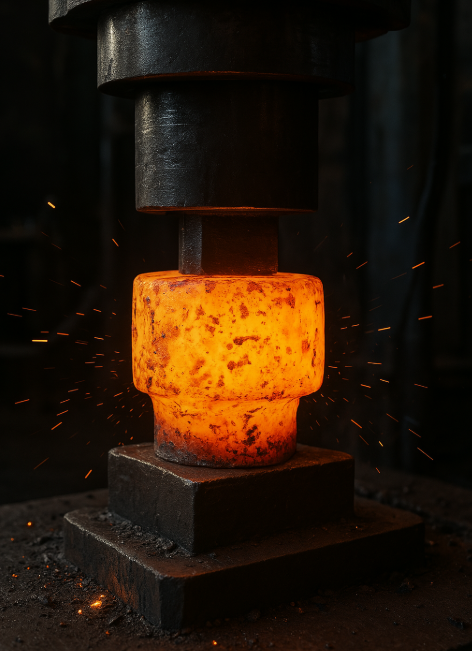
Metal forging is one of the oldest manufacturing techniques, yet it still produces some of the strongest, most reliable parts in industries from aerospace to automotive. Unlike casting or machining, forging enhances metal grain structure, making components tougher, more fatigue-resistant, and longer-lasting.
Metal forging shapes heated metal under extreme pressure, aligning its grain structure for superior strength—resulting in parts that handle higher stress, impact, and wear compared to cast or machined alternatives.
Wondering whether forged parts are worth the investment? Here’s how this time-tested process ensures unmatched durability and when it beats other manufacturing methods.
1. How Does Forging Make Metal Stronger Than Casting or Machining?
Forged metal isn’t just shaped—it’s structurally strengthened.
✔ Grain flow alignment (follows part contours for better load resistance)
✔ Eliminates porosity (no air pockets or weak spots)
✔ Work hardening (compression increases density and hardness)
Forged vs. Cast vs. Machined: Strength Comparison
| Property | Forged | Cast | Machined (From Bar Stock) |
|---|---|---|---|
| Tensile Strength | Highest | Moderate | Moderate |
| Fatigue Life | 2-3x Longer | Lower | Varies |
| Impact Resistance | Excellent | Weak | Good |
| Defect Rate | Lowest | Higher (porosity risk) | Low (but wasteful) |
Our closed-die forging process ensures grain structure optimization, meaning parts like crankshafts and gears last 30-50% longer than cast versions.
2. What Are the Different Types of Forging and Their Best Uses?
Not all forging is the same—some methods fit specific applications better.
Open-Die Forging (Free Forging)
✔ Best for large, simple shapes (shafts, rings, blocks)
✔ Benefits: Flexible, cost-effective for low volumes
✔ Limitations: Less precise, requires secondary machining
Closed-Die Forging (Impression Die Forging)
✔ Best for high-precision, complex parts (engine pistons, connecting rods)
✔ Benefits: Tight tolerances, near-net shapes, minimal waste
✔ Limitations: Higher die costs (better for mass production)
Roll Forging
✔ Best for long, tapered parts (leaf springs, axles)
✔ Benefits: Continuous grain flow, excellent fatigue resistance
✔ Limitations: Limited to linear or axisymmetric shapes
Our 25-year forging experience helps clients choose the right method—whether they need high-strength flanges or impact-resistant tools.
3. How Does Heat Treatment Enhance Forged Metal Properties?
Forging is just the first step—controlled heating and cooling fine-tune performance.
✔ Annealing (softens metal for machining)
✔ Quenching & Tempering (maximizes hardness and toughness)
✔ Normalizing (refines grain size for uniformity)
Case Study: Our heat-treated forged steel gears show 20% higher wear resistance than untreated ones while avoiding brittleness.
4. Where Do Forged Parts Outperform Cast or Machined Alternatives?
Forging isn’t always the cheapest, but it’s unbeatable for critical applications.
✔ Aerospace (landing gear, turbine shafts)
✔ Automotive (crankshafts, axle beams, suspension parts)
✔ Oil & Gas (valve bodies, drill collars)
✔ Heavy Machinery (excavator teeth, crane hooks)
| When to Forge vs. Cast: | Factor | Choose Forging | Choose Casting |
|---|---|---|---|
| Strength Needed | Critical (high stress/impact) | Non-structural | |
| Volume | Medium-large batches | Large batches | |
| Complexity | Moderate (can’t handle ultra-thin walls) | Intricate hollow designs |
5. What Cost-Saving Advances Have Modernized Forging?
New tech is making forged parts more affordable than ever.
✔ Automated die lubrication (extends tool life by 200%)
✔ CNC-controlled hammer forging (less waste, higher repeatability)
✔ Simulation software (predicts flaws before forging)
By adopting induction heating, we cut energy use by 35% while speeding up production.
Conclusion
Forged metal parts offer unbeatable strength and durability. Thanks to refined grain structure and reduced defects, they outperform cast or machined alternatives in high-stress, high-impact, and mission-critical applications. Need high-performance forged components? As an ISO-certified forging specialist, we deliver optimized solutions for aerospace, automotive, and heavy industry—combining ancient techniques with cutting-edge efficiency. Contact us today for stronger, longer-lasting parts.

